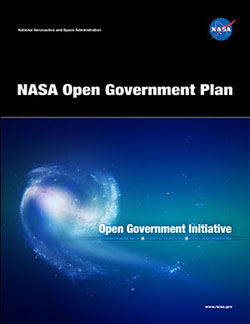When I first came to NASA in January, I wasn’t really sure what to expect. For a long time, I’d been an observer on the outside, from watching shuttle launches on the TV in elementary school to excitingly following the progress of Spirit and Opportunity as they began their exploration of Mars in 2004. I knew very little, however, about how the inner-workings of NASA functioned. How does an agency so large, with so many levels and people and locations, manage to accomplish such incredible things?
On one hand, some might say it’s easy. After all, space is cool. Who doesn’t get excited when they see pictures of Earth from the International Space Station or get chills down their back when they hear the iconic first words from the Moon?
 |
| International Space Station seen during the STS-130 mission |
On the other hand, NASA’s mission is extraordinarily difficult. One mistake could result in the loss of a multi-million dollar mission, or worse. It takes tens of thousands of people working tirelessly to ensure that NASA continues to make incredible progress in science and technology.
And now, for a time, I get to be one of them.
In the relatively short time I’ve been here, I’ve gotten involved with many awesome projects, including planning NASA’s first ever water sustainability forum, participating in creating our Open Government Plan, and sharing the excitement of the STS-130 mission through social media on Facebook. I hope to give you an outsider’s view from the inside on these projects and many more in the upcoming months.

